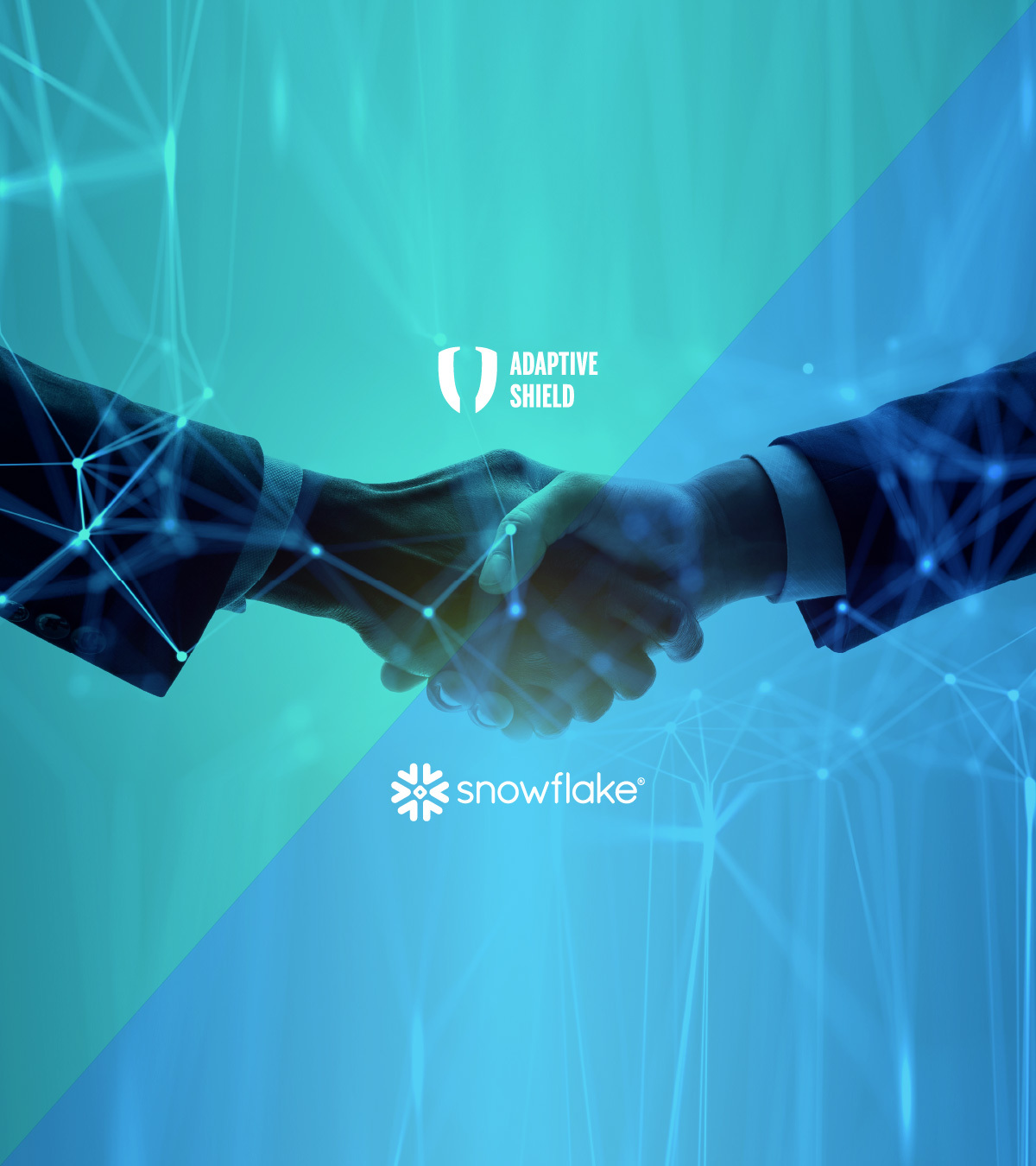A typical enterprise has on average 288 SaaS applications, which according to the 2020 SaaS Trends Reports increases 30% year over year. No need to spell it out, but that’s a lot of data points, workloads and sensitive information flowing. Enter Snowflake, the Data Cloud company that gives companies the ability to unify all of their siloed data into one place and execute diverse analytic workloads. Snowflake also provides a multitude of cloud data security measures that comply with government and industry regulations. Yet, outside the domain of Snowflake’s robust native security controls, potential vulnerabilities and configuration weakness can still occur.
How am I exposed?
It’s understood by industry experts that most of the successful attacks on cloud services stem from misconfiguration, mismanagement and mistakes. The configuration vulnerabilities are up to the company’s security team to monitor and protect. Yet with the multitude of users and programs, it is near impossible to run manual, continuous monitoring and security checks for each and every SaaS in use. To further complicate matters, SaaS owners often do not sit within the security team but in the departments that most utilize the SaaS. These professionals are not as trained or as vigilant in the continuous, complex needs of configuration and posture, which sometimes leads to tension between departments and opacity of the security protocols in place for that SaaS.
Show me the… problem
Even slight misconfigurations can leave a company wide open for a breach. The security teams need to be able to track and monitor these gaps at all times. Consider these scenarios:
1. Client Session Clone
Scenario: An enabled client clones a new session from previously used tokens for the account and user.
What is the risk? A malicious attacker can acquire a token and use it in a new session.
2. Inline URL Export
Scenario: Data is exported to an external location.
What is the Risk? If this data is highly sensitive, it can fall into the wrong hands. security teams or Business Ops can lock this functionality to keep the data protected.
3. Account Admin Default Role
Scenario: Account admins inadvertently use the ACCOUNTADMIN role to create objects and assign users additional roles, then designate one of these roles as their default.
What is the risk? ACCOUNTADMIN role has the most power to protect or access the company’s infrastructure. If a default role is easily or mistakenly created and the wrong user accesses it, then the company is exposed.
Introducing Adaptive Shield – SaaS security posture management
Companies need their SaaS security posture managed and monitored — and that’s where Adaptive Shield comes into play. With Adaptive Shield, it doesn’t matter how many users and SaaS programs are in play throughout the organization. Adaptive Shield will perform a SaaS security audit and continuously extract and collate the information for a clear view into the company’s SaaS security landscape. Within minutes, security teams will be able to see their SaaS security posture and take the appropriate steps to remediate.
Security teams can drill down to the specifics, and slice the data by application, domain, compliance framework, or user. They can then choose to remediate an issue within the system or open a ticket in their own security department. For those business owners not part of or trained in security teams, there’s a functionality to set up scoped user access to give the app’s business owner the ability to receive alerts about misconfigurations in that SaaS. This way, the business owner can not only remediate the issue themselves, but also learn more about how to harden the company’s security posture without too much friction with the security team.
Adaptive Shield + Snowflake
Adaptive Shield’s mission is to ensure every company has a secure SaaS framework. That’s why Adaptive Shield has teamed up with Snowflake — to offer Snowflake admins the use of Adaptive Shield for free. By using Adaptive Shield with Snowflake, users will not only get enhanced visibility, but the ability to mitigate organizational exposure and enable continuous security for all global settings and user privileges.
Remember the three scenarios mentioned above? These are the Adaptive Shield security checks that protect against those risks:
Security Check 1: Client Session Clone
Adaptive Shield tracks and reports when an enabled client clones a new session from previously used tokens for the account and user. If found to have failed this security check, security teams can then remediate the situation and put future protocols in place to prevent it from recurring

Security Check 2: Prevent Inline URL Export
Adaptive Shield tracks and reports if the proper configuration is in place to keep data from being exported to an external location. If found to have failed this security check, security teams can adjust configurations to prevent a sensitive data export from happening again.

Security Check 3: Account Admin Default Role
Adaptive Shield monitors and reports if there is the most secure configuration to create an ACCOUNTADMIN role. That way when objects and users are created by the ACCOUNTADMIN role, it is with purpose and thought, limiting risk from inadvertent or misunderstood permissions.

Feeding the Snowflake Security Data Lake
All Adaptive Shield findings and report data can be accessed directly via Snowflake Data Marketplace. This makes Adaptive Shield a great way to start leveraging your Snowflake as a security data lake, with powerful analytics, flexible reporting and cost-effective storage. Combine SaaS issues with other datasets like vulnerability scans and awareness training for a unified view into your security posture.

Your Free SaaS Security Posture Configuration Check
Adaptive Shield integrates with Snowflake and dozens of other SaaS applications. The Snowflake configuration check is currently available at no cost.
To get started, go to the Snowflake Data Marketplace and request access to the free Snowflake configuration check from Adaptive Shield.


















